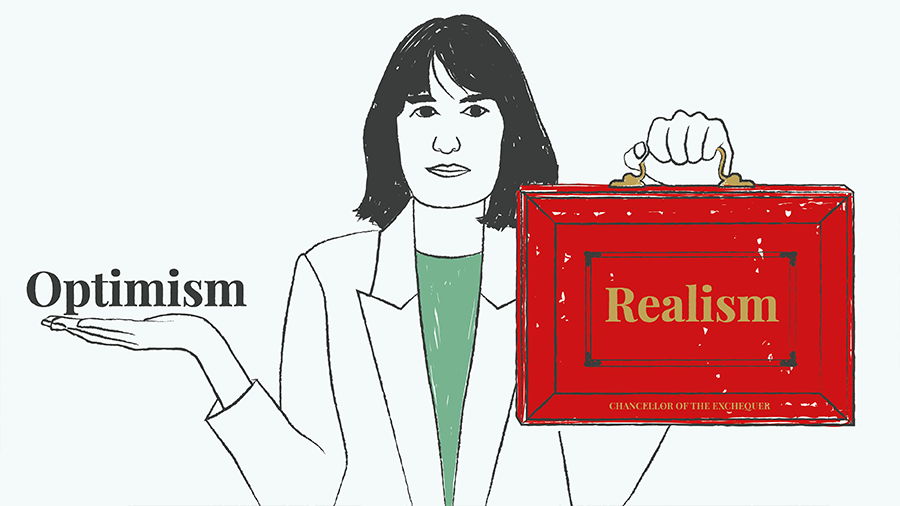 We’ve had two Christmases now that have been disrupted by surges in coronavirus, which refuses to stick to any sort of script.
We’ve had two Christmases now that have been disrupted by surges in coronavirus, which refuses to stick to any sort of script.
Yet all this hardship and uncertainty has only reinforced the need for leaders to stay optimistic.
People need to believe that their efforts aren’t going to be in vain. They need hope and enthusiasm, not fear or doubt. And that has to come from the top.
Imagine you’re trying to seek out new opportunities for growth, and someone sits there as you brainstorm poo-pooing every idea with a “humph, we tried that before, why do you expect this time will be any different?” or “we can’t possibly compete with them, it’s a waste of time”.
Now imagine that negative person is the CEO. What will happen to the quantity and quality of ideas when they keep getting shot down? What talented, energetic person would stay there when they could just leave? Optimism – or pessimism – will seep from the leader into the culture of the organisation, affecting morale, engagement and productivity.
Research has repeatedly shown the power of optimism on performance, on employee wellbeing and team resilience. There would be no new businesses if it weren’t for optimistic entrepreneurs, and growth everywhere would be steady but never startling.
This doesn’t mean that leaders should be mindlessly positive about the future or indeed the current state of their business. Delusion serves no one, and indeed can stifle your team if they feel overwhelmed by unrealistic ideas that they’re expected to deliver, or if they are forced into the role of restraining your optimistic excesses.
The most successful optimists, in leadership or any other role, therefore have a positivity that is grounded in reality.
Often, this just means acknowledging that while an ambitious endeavour is possible, it will still be hard and is certainly not guaranteed to succeed.
How to be an optimist (a pessimist’s guide)
Some people are just born with a can-do, glass-half-full way of looking at the world, and such people often do very well. But there is a value too in being realistic and anticipating risks, and plenty of leaders fall into that category.
To ensure that your realism doesn’t turn into morale-sapping pessimism, there are a few things that you can do.
- Challenge yourself
Being optimistic needn’t be inconsistent with pragmatism. If an idea for growth seems unlikely or even impossible, try listing the reasons why it won’t happen. Then start breaking those barriers down by asking what it would take to get round them.
- Spend time with optimists
Positivity is infectious, so make sure you have a support network – whether friends and family, a mentor, or even team members – that is rich in optimism. Indeed, having a trusted optimist in your leadership team may help to balance out your natural reticence (they may be better placed to give pep talks, for example).
- Be honest with people
You don’t want to sugarcoat challenges or threats to the business, or worse pretend they don’t exist. But it pays to think about how you frame them (a threat from a disruptive competitor could also be an opportunity to reinvent your business, for example), and to avoid at all costs creating an atmosphere of fear. Very often it’s just a question of what you emphasise.
- Learn how to put on a brave face
You will not always feel positive. You may very well feel that all your plans are going awry. You may be worried about the future. But – while being honest – you need to make sure those emotions don’t show on your face or in any throwaway comments. It sends a message people will not fail to notice, and that is very hard to take back.
- Practise gratitude
A great way of improving positivity generally – both your own and in your team – is to show people appreciation for their hard work, whether that hard work pays off or not. It can be particularly important when times are tough in building up team spirit and resilience. And it may just improve your own wellbeing too.
















